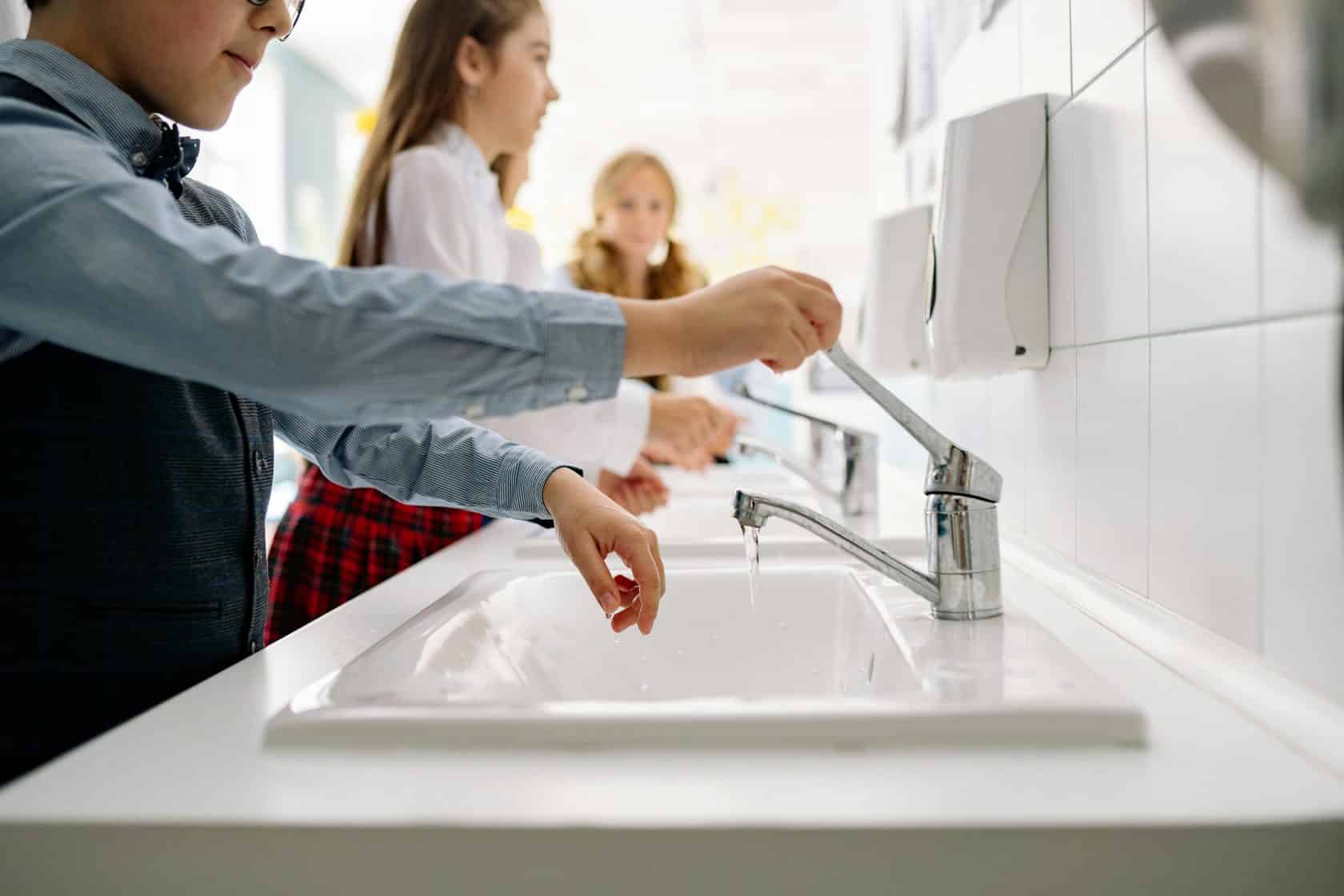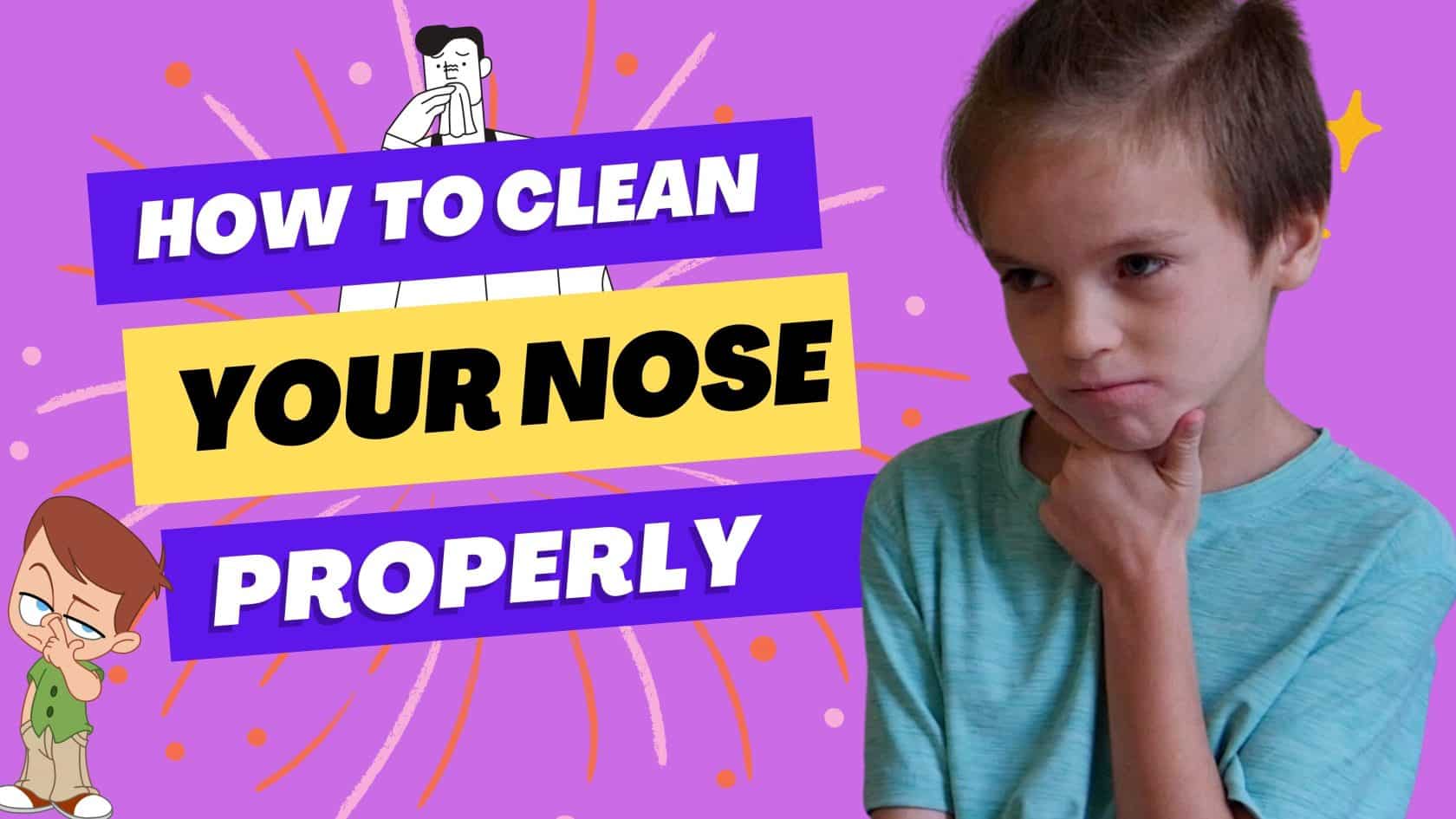Mastering Activities of Daily Living (ADLs) is essential for promoting independence and well-being in daily life. Here’s a breakdown of how ADLs function:
| Routine Tasks: |
ADLs are the basic activities individuals do daily for self-care. |
| Independence: |
They promote independence in daily life tasks. |
| Examples: |
Tasks like bathing, dressing, and eating are common ADLs. |
| Task Analysis: |
Breaking tasks into steps helps teach them effectively. |
| Functional Skills: |
ADLs are essential for daily functioning and quality of life. |
| Support Systems: |
Families and caregivers play a crucial role in supporting ADLs. |
| Adaptations: |
Modifications and assistive devices can aid in completing ADLs. |
| Progress: |
Consistent practice and encouragement lead to improved skills. |
Understanding how ADLs work lays the foundation for fostering independence and well-being in daily life. Keep supporting and celebrating small victories along the way!
This post was originally published on September 27, 2024. It was updated on March 26, 2024.














